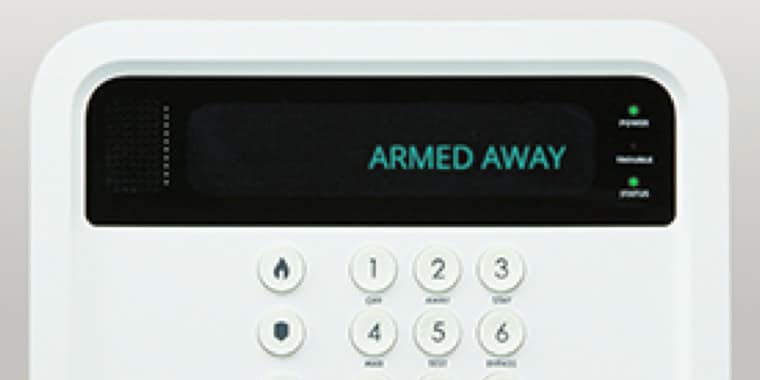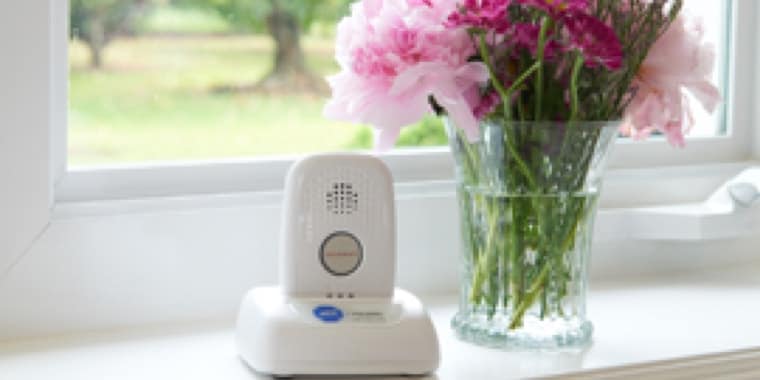As human power consumption continues to rise, methods for curbing the cost—to both the consumer and the environment—becomes more and more crucial. Smart home activity pattern tracking is one of the simplest ways to monitor and reign in your household energy usage. Activity patterns monitor your family’s regular movements around the house, then use them to intelligently conserve energy. This allows you to save money on your monthly energy bill with practically no additional work or inconvenience on your part.
Activity Tracking
Consider your smart home your largest wearable activity tracker. With newer and better smart devices released for the home every year, you can discover for yourself how activity tracking in your home can save you money and automate the commonplace actions (e.g., turning lights off and on) you have come to dread. Smart home devices learn your activities by utilizing the accompanying smart phone app, helping the system to learn about users’ movements in and out of the house.
These machine learning elements enable your system to make changes on its own, based on your behavioral patterns. Then, the collected information is stored and used to adjust energy usage automatically for when people are in the house and when they are out of the home.
Smart home activity patterns also provide insight into when and where you use the most energy, and it can even be integrated with solar panels so you can see how much of your home energy usage is being offset by solar power. Any of these settings can be adjusted at any time.
Weather Monitoring
Smart home thermostats function through their app and a WiFi connection—this is how they seamlessly connect your behavior to your home. The connection also includes the weather conditions outside. This is accomplished using an innovative weather monitor within your smart thermostat that automatically adjusts to account for the heat or cold as well as more temperate days.
As you have probably experienced, weather conditions have a direct effect on your energy consumption. Not to mention, utility companies are very much aware of the weather and the amount of stress very high or low temperatures have on the local energy grid. Because of this, you may find that they charge you more for electricity during those times. Beat your utility bill to the punch with your smart thermostat’s built-in weather sensors.
The sensors adjust your home’s temperature based on how many people are in your home, or which room in your home is occupied (no need to keep your empty hallway as warm as the living room). Your smart thermostat even knows when you go on vacation.
Systems such as Nest learn your household’s behavior and can adjust according to whether it’s empty or occupied. When you leave for vacation or for any other extended period, smart thermostats get set to “away” mode manually (through an app). This feature sets your home to your chosen temperature and stays in “away” mode even when your neighbor stops by to feed the cats. When you get home, you simply take it out of away mode and it is back to its normal, smart self.
Complete Connectivity
By teaching your connected objects to work together, your smart home can automatically react to your routines and preferences. Train your lights to turn on and follow you as you move throughout the house, trigger the coffee machine to start brewing your favorite blend as you wake up, start heating up dinner in a Crock-Pot as you pull into the driveway, and so much more.
A smart home does not stop at your security system, lights, and thermostat—a smart home marries all of these and more together in order to generate a safe, seamless lifestyle for you and your family. Smart home technology most commonly integrates with:
- Major appliances: Washing machine, dryer, dishwasher, refrigerator, oven, etc.
- Lighting: Outdoor and indoor
- Thermostats
- Air conditioning and heating
- TVs and entertainment systems
- Security: Alarms and video surveillance
All of these smart products can be programmed together to make your home run harmoniously with little to no effort.





